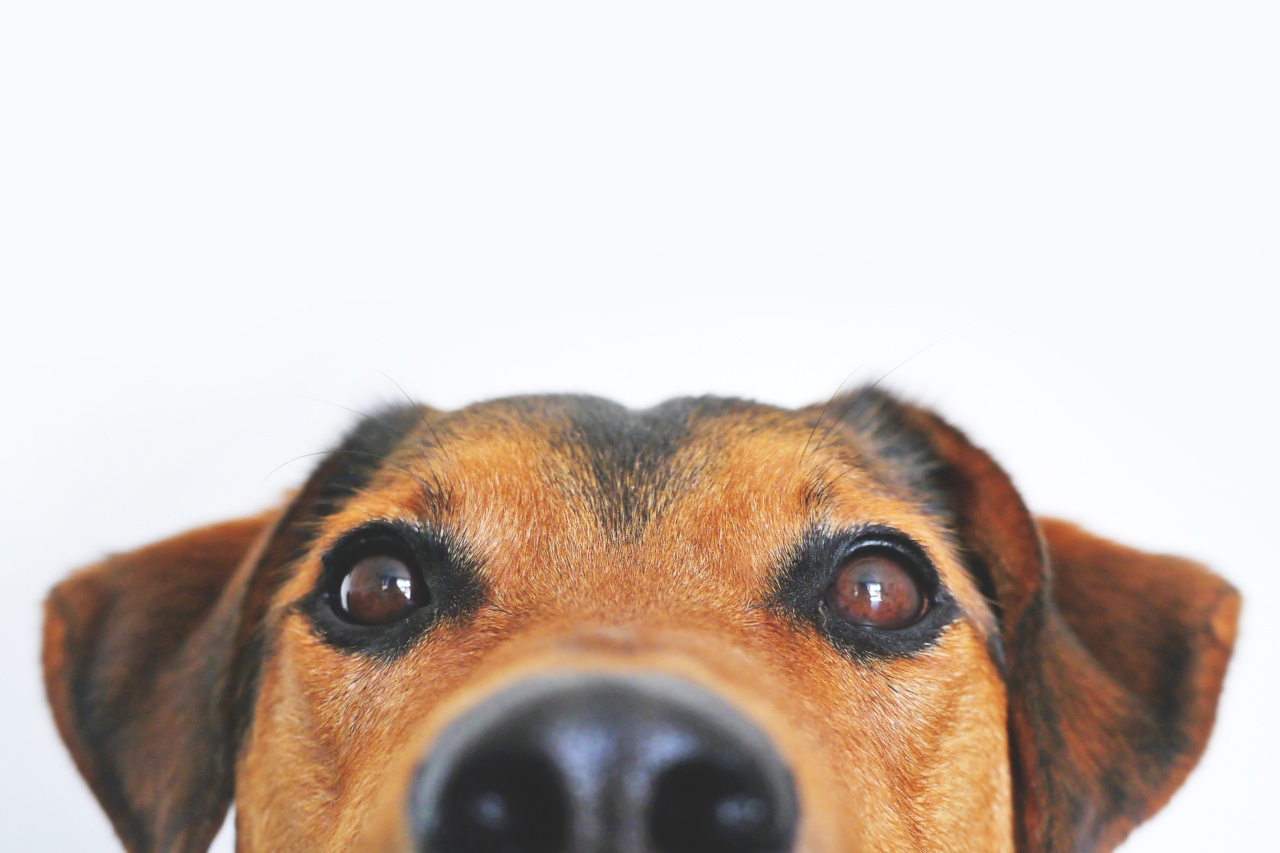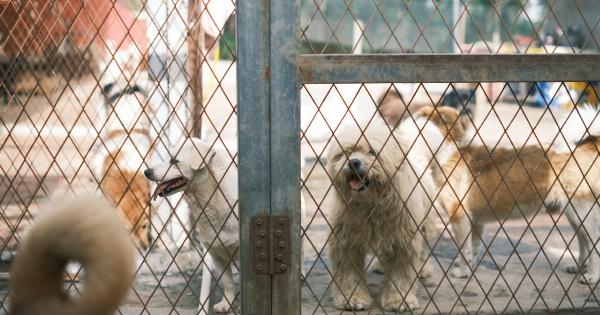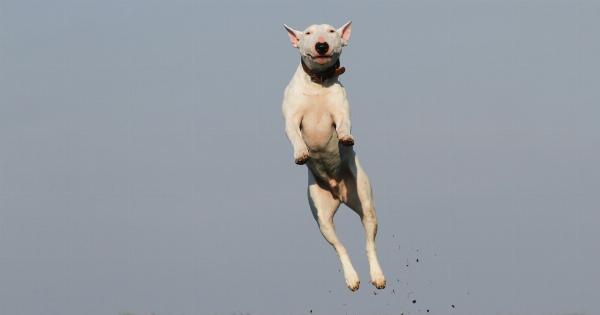As a dog owner, you may have experienced the puzzling sight of your furry friend sporting what appears to be a “guilty” face.
Perhaps you’ve come home to find a chewed-up shoe, only to be met by a pooch with lowered head, drooping ears, and eyes averted. Instinctively, you may attribute this behavior to a sense of guilt. But is that really the case? In this article, we will delve into the fascinating world of canine psychology to decipher the truth behind this enigmatic expression.
The Myth of Guilt
Before we unravel the mystery, it’s important to dispel a common misconception. Dogs do not experience guilt in the same way as humans do.
Guilt is a complex emotion driven by self-awareness, introspection, and moral judgment, which are cognitive abilities that dogs do not possess. So, if your dog’s “guilty” face isn’t a manifestation of real guilt, then what might it be?.
Behavioral Cues
Research suggests that the so-called “guilty” face is actually an assortment of behavioral cues exhibited by dogs in response to their owners’ reactions.
Dogs are remarkably perceptive animals and are acutely attuned to human emotions and body language. This means that when they engage in mischievous behavior and are later confronted by their owners, they are instinctively picking up on cues of displeasure.
The Power of Facial Expressions
Dogs are highly skilled at reading human facial expressions. They can detect even the subtlest changes in our facial muscles, which influences their own behavior and reactions.
When your dog sees your disappointed, angry, or frustrated expression upon discovering their mischief, they react by adopting the “guilty” face, which is characterized by a combination of lowered head, averted gaze, flattened ears, and a tense, immobile body posture.
Submission and Appeasement
The “guilty” face is a form of submissive and appeasement behavior exhibited by dogs to de-escalate potential conflict and soothe their owners.
By assuming this posture, dogs are attempting to communicate their intention to submit and avoid further punishment. It’s their way of saying, “I recognize your disapproval, and I won’t challenge your authority.”.
Associative Learning
Another important aspect to consider is associative learning. Dogs are highly proficient at associating events and consequences.
If your dog has been scolded or punished in the past for certain behaviors, they will associate those actions with negative outcomes. So, when they display the “guilty” face, they are attempting to preemptively diffuse any potential reprimand, using previous experiences as a guiding factor.
Deceptive Manipulation?
While the “guilty” face is not a true reflection of guilt, some dog owners suspect that their furry companions may use this expression as a ploy to deflect blame.
The reasoning behind this theory is that by looking guilty, dogs may elicit a more lenient response from their owners or mitigate the severity of the punishment. However, it’s important to note that dogs do not possess the cognitive ability to engage in such complex deceptive behaviors.
The Role of Body Language
Understanding your dog’s body language can provide valuable insights into their emotions and motivations. When interpreting the “guilty” face, it’s crucial to consider the overall context and accompanying body language.
Dogs displaying this expression might also exhibit various other signs of anxiety, such as lip licking, panting, yawning, or cowering. These additional cues can indicate that your dog is feeling stressed or nervous, rather than experiencing genuine guilt.
Avoiding Misinterpretation
It is important to avoid misinterpreting your dog’s behavior based solely on their facial expression. The “guilty” face should not be seen as an admission of guilt, but rather as an attempt to communicate submission and appeasement.
Instead of responding with punishment, it is more effective to focus on positive reinforcement and reward-based training methods to encourage desired behaviors and discourage undesired ones.
Understanding Canine Behavior
By gaining a deeper understanding of your dog’s behavior, you can strengthen the bond between you and your four-legged companion.
Dogs have evolved alongside humans for thousands of years, allowing them to develop a remarkable ability to read and respond to our emotions. As responsible pet owners, it is essential to educate ourselves about their needs and motivations, ensuring a harmonious and fulfilling relationship.
The Takeaway
While the “guilty” face may not indicate genuine guilt, it does carry meaning. Dogs adopt this expression as a way to communicate submission and appeasement, rather than as an acknowledgment of wrongdoing.
By appreciating this subtle form of canine communication, we can provide our furry friends with understanding, compassion, and effective training strategies.





























